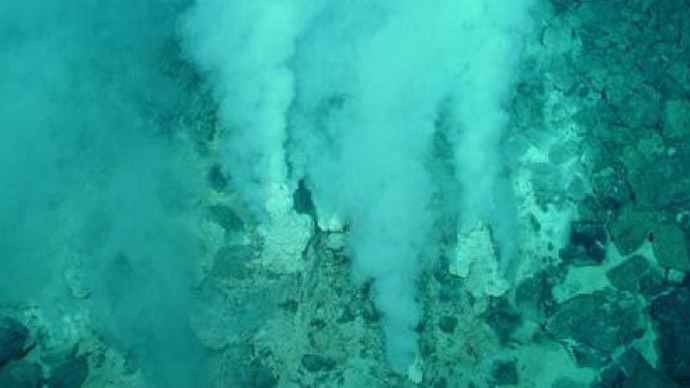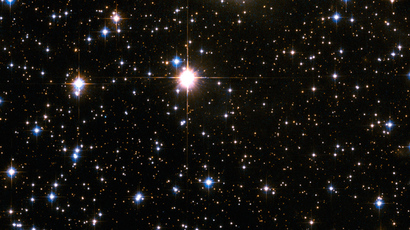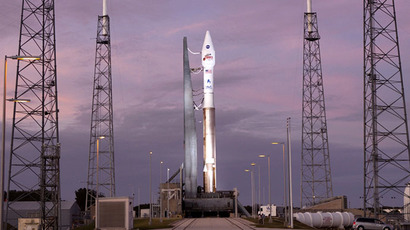‘Environmental fuel cells’: New study on how life started on earth, other planets

A new physical model recreates how life kick-started on Earth more than 3 billion years ago in hot springs and volcanoes as a result of a molecular process dubbed ‘redox reaction’. The model could offer new clues in the hunt for life in the universe.
“Conducting this type of laboratory simulation of the emergence of bioenergetics will not only be informative in the context of the origin of life on Earth but may help in understanding whether life might emerge in similar environments on other worlds,” said the abstract of a study published in Astrobiology by a team comprising US and British scientists.
Earlier it was though that life may have been imported to Earth by meteorites, but dominant theories suggest that it emerged on the surface of the planet, particularly at hotspots for chemical reactions, such as hydrothermal vents – hot springs at the bottom of the sea and volcanoes.
"Before biological life, one could say the early Earth had 'geological life'. It may seem unusual to consider geology, involving inanimate rocks and minerals, as being alive. But what is life?" said one of the co-authors, Terry Kee from the School of Chemistry at the University of Leeds.
"Many people have failed to come up with a satisfactory answer to this question. So what we have done instead is to look at what life does."
In other words, the new study has attempted to bridge the gap between the geological processes of the early earth and the actual emergence of biological life.
All life forms use the same chemical processes that occur in a fuel cell to generate their energy, Kee pointed out. At the same time certain geological environments can be considered as “environmental fuel cells” since redox reactions between hydrothermal fuels and seawater oxidants can generate electrical energy.
‘Redox reactions’ take place when two molecules generate electrical energy as electrons are moved between them reducing one and oxidizing the other. This type of reaction is vital to the appearance of organic life and remains its crucial part. For instance, photosynthesis in plants involves generating electrical energy from the reduction of carbon dioxide into sugars and the oxidation of water into molecular oxygen.
The researchers created an “environmental fuel cell” that would imitate such a process with the help of natural elements such as iron, nickel and oxygen.
"Certain minerals could have driven geological redox reactions, later leading to a biological metabolism," said Laura Barge from the NASA Astrobiology Institute, the lead author of the study.
Iron and nickel are not very reactive, unlike, for instance, the technologically efficient platinum catalyst. Nevertheless, a small but significant power output proved that the two metals could successfully generate electricity in an environmental fuel cell. This means they could pose as catalysts for redox reactions on early earth.
"With these techniques, we could actually test whether any given hydrothermal system could produce enough energy to start life, or even, provide energetic habitats where life might still exist and could be detected by future missions," Barge said.
With a proof of concept outlined in the paper, the scientists now hope to move on to laboratory experiments, which should clearly demonstrate the mechanisms by which life emerged on Earth, and possibly further afield.
"These experiments simulate the electrical energy produced in geological systems, so we can also use this to simulate other planetary environments with liquid water, like Jupiter's moon Europa or early Mars,” added Barge.
"With these techniques we could actually test whether any given hydrothermal system could produce enough energy to start life, or even, provide energetic habitats where life might still exist and could be detected by future missions."














